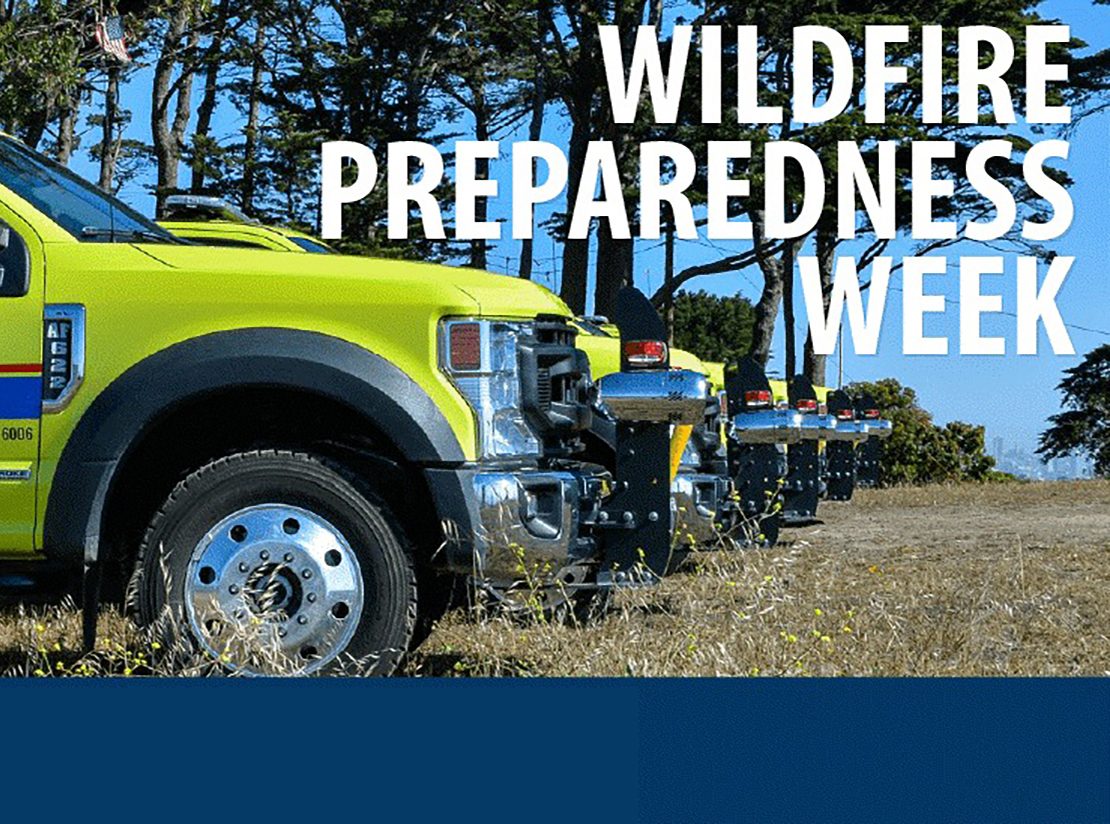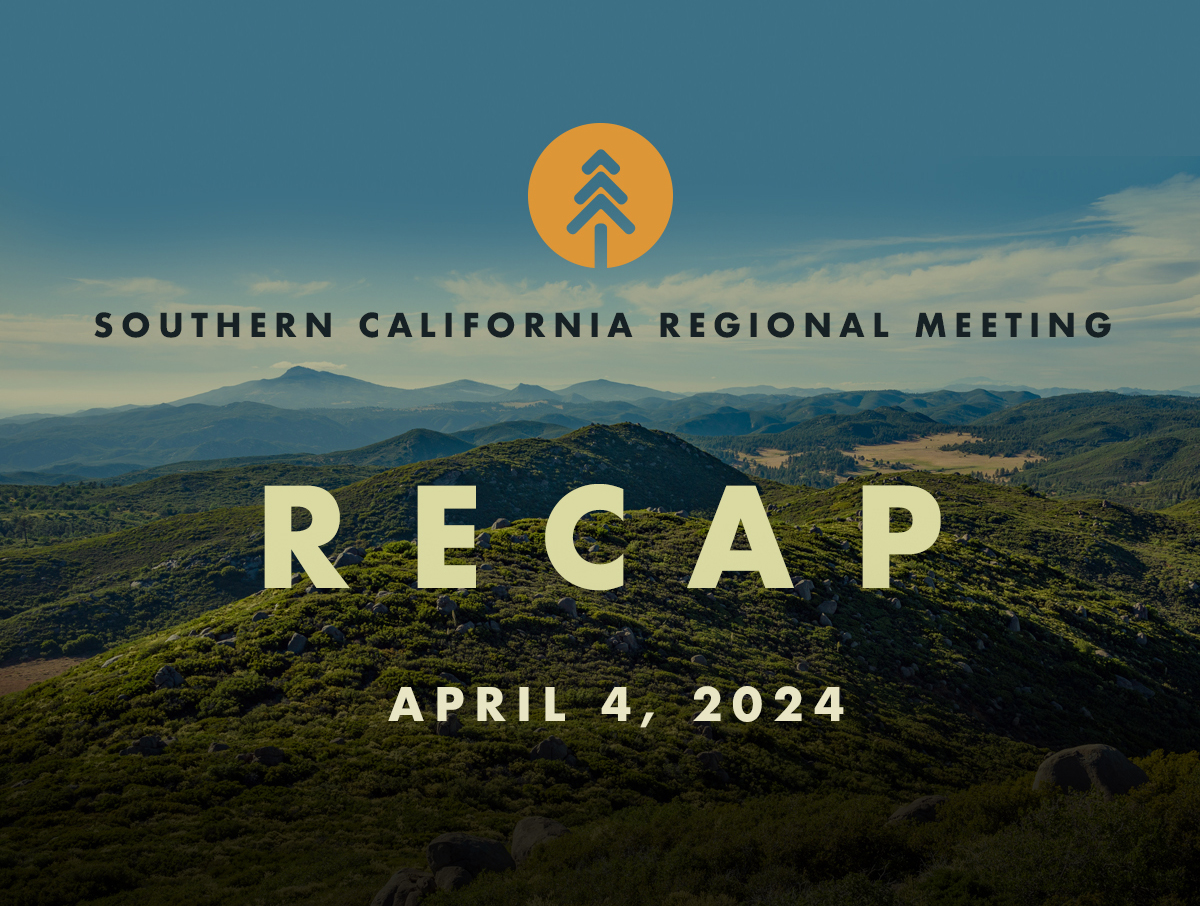Wildfire Preparedness Week – Meeting the Mission Through Partnerships
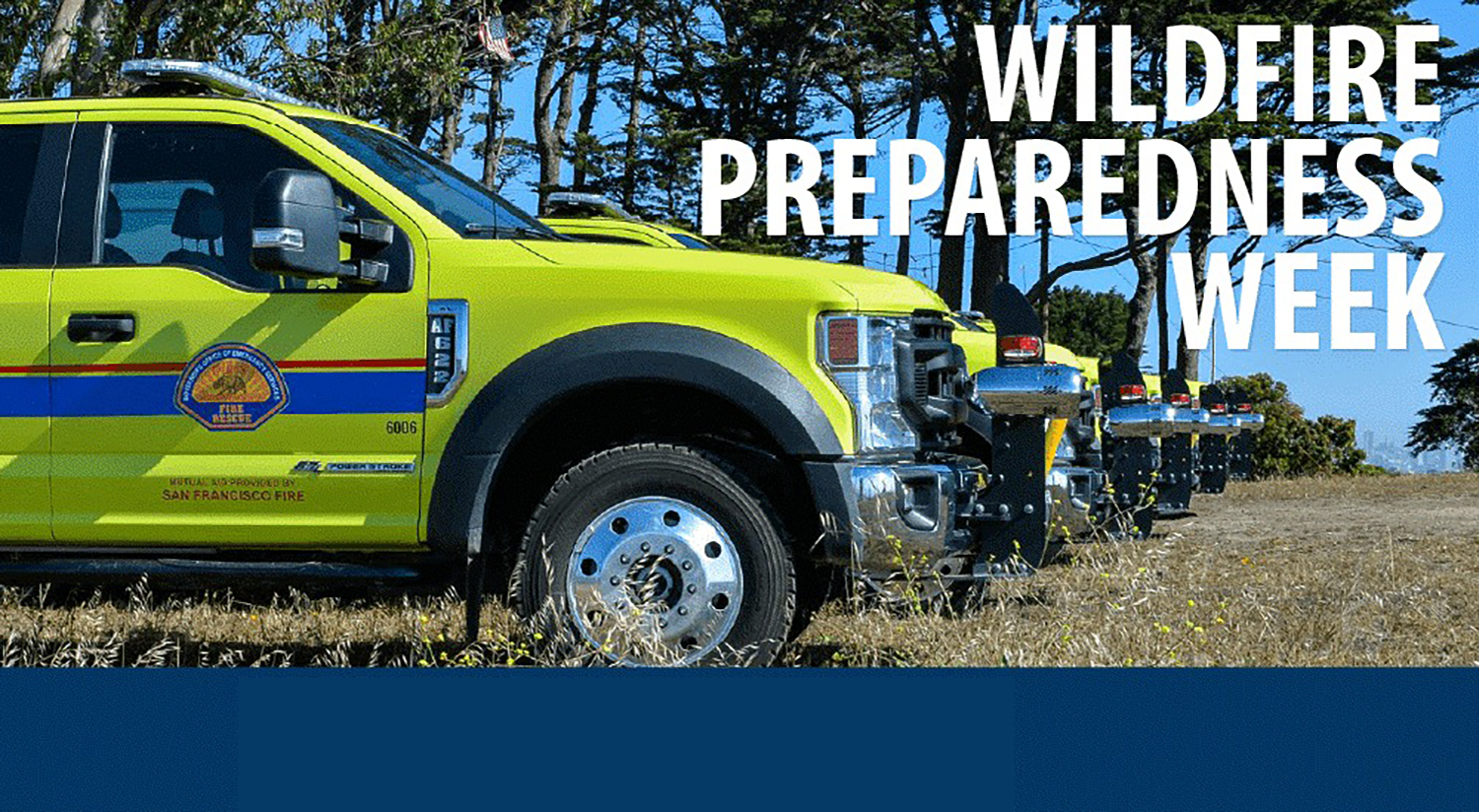
Wildfire Preparedness Week – Meeting the Mission Through Partnerships
May 5, 2024 – Governor Newsom issued a proclamation declaring May 5-11, 2024 as California’s “Wildfire Preparedness Week.” This year’s Wildfire Preparedness Week theme, Meeting the Mission Through Partnerships, emphasizes the importance of collaboration and collective responsibility in reducing and managing wildfire risk. California Governor’s Office of Emergency Services (CAL OES) and CAL FIRE will be hosting a series of events to provide valuable wildfire safety and preparedness tips in Sacramento, San Mateo, San Luis Obispo, and Orange counties. Federal partners in California, including the USFS, National Park Service, BLM, and Bureau of Indian Affairs, are launching an online campaign focused on wildland fire safety and prevention while recreating on public lands.
At the community level, Californians can make their neighborhoods safer by creating defensible space around homes, hardening homes, developing wildfire action plans and teaming up to join Fire Safe Councils and Firewise Communities, which work to regularly assess wildfire risk and prioritize action to address it. Visit ReadyForWildfire.org to learn about steps to prepare for wildfire season and help prevent loss of life and property and explore the Task Force’s webpage dedicated to advancing Fire Adapted Communities.
Karuk Tribe Showcases Indigenous Stewardship’s Role in Forest Resilience
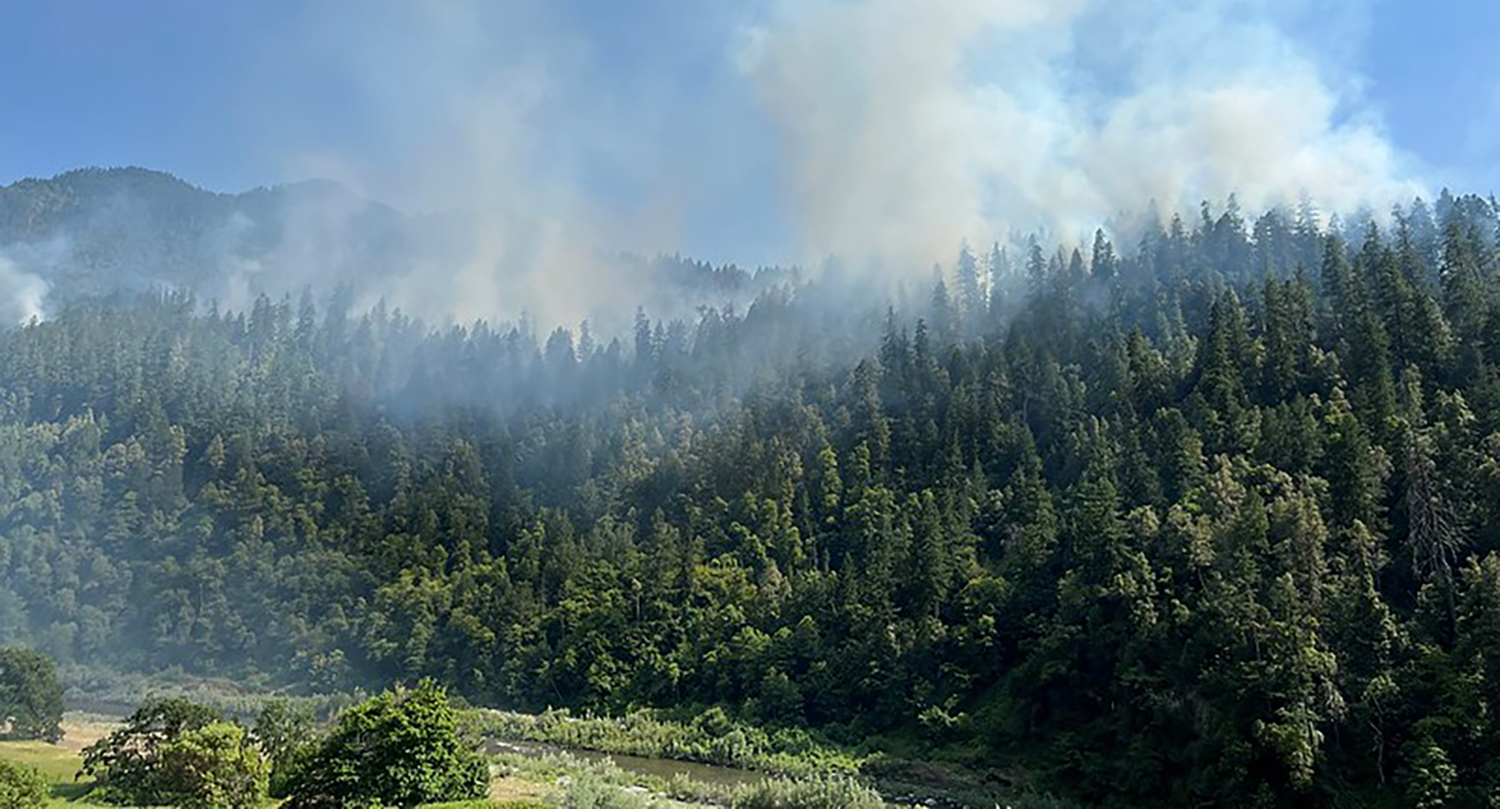
Karuk Tribe Showcases Indigenous Stewardship’s Role in Forest Resilience
The Karuk Tribe teamed up with Oregon State University (OSU) researchers to create a novel computer simulation model that showcases Indigenous fire stewardship’s role in forest ecosystem health. The project explored the impact of cultural burning at a landscape scale, focused on 1,000 square miles of Karuk Aboriginal Territory in the western Klamath Mountains of northern California.
The Karuk Tribe Department of Natural Resources and OSU scientists developed historical estimates for cultural ignition locations, frequency, and timing, which showed that cultural burning was extensive across the landscape, with an estimated 6,972 cultural ignitions occurring annually, averaging about 6.5 ignitions per year for each Indigenous fire steward. It is important to note that this information is not new and has been held by Karuk Tribal members for millennia.
120,000 Acres Added to California National Monuments
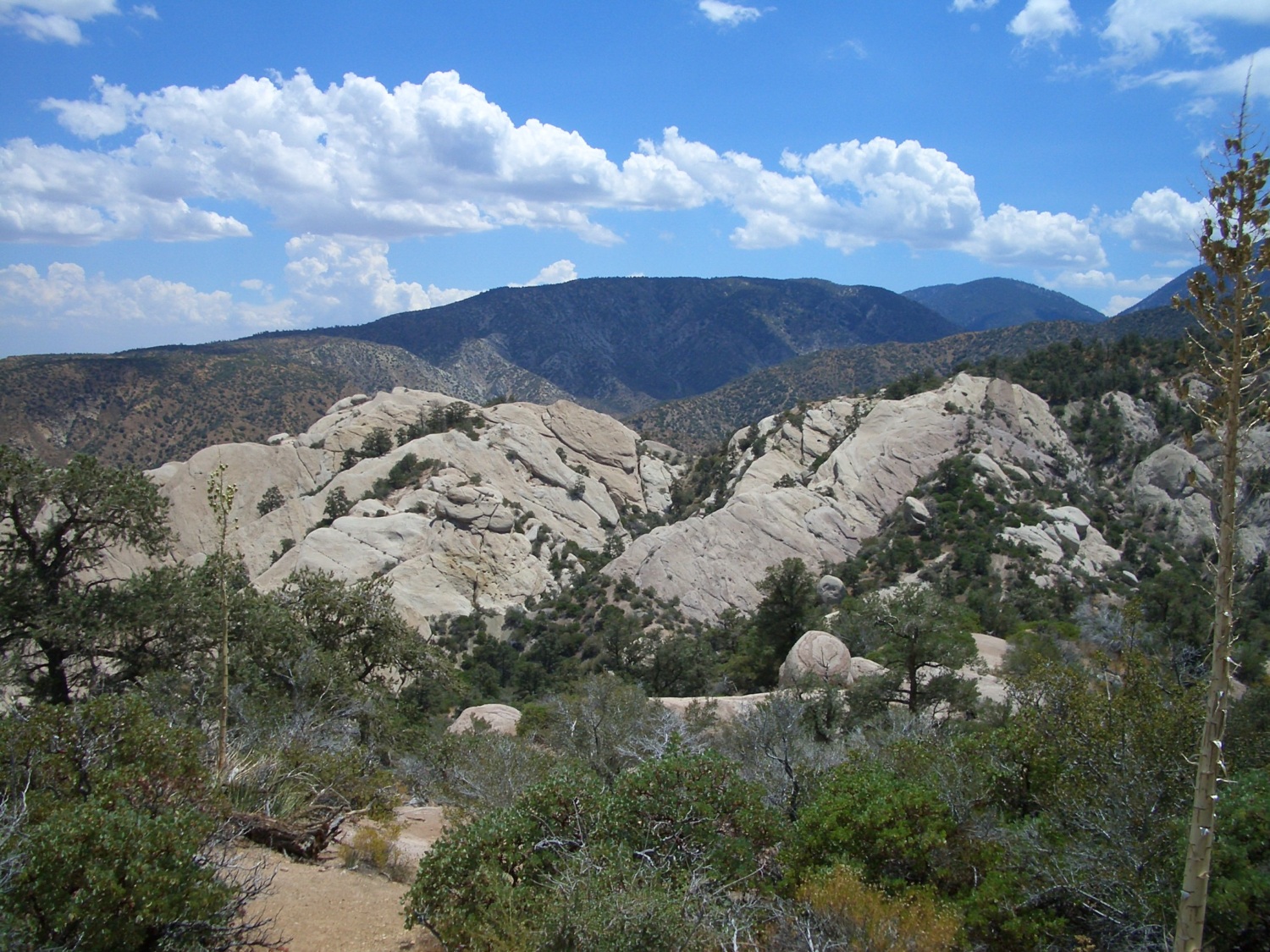
120,000 Acres Added to California National Monuments
May 2, 2024: On May 2, President Biden signed proclamations expanding the San Gabriel Mountains and Berryessa Snow Mountain National Monuments. Together, these actions will protect nearly 120,000 acres of lands in California of scientific, cultural, ecological, and historical importance. This will expand federal wildfire management programs and response to these newly added lands.
105,919 acres of U.S. Forest Service lands will be added to San Gabriel Mountains National Monument. The proclamation directs the U.S. Forest Service to manage the area according to the same terms, conditions, and management as the original national monument designation and calls for development of a management plan for the expansion area that incorporates Indigenous Knowledge and community input.
13,696 acres will be added to Berryessa Snow Mountain National Monument. The proclamation directs the Bureau of Land Management to manage the area according to the same terms, conditions, and management as the original national monument designation and directs the Secretary of the Interior to explore co-stewardship of the area with Tribal Nations.
Giant Sequoia Lands Coalition Exceeds 2023 Goals and Plants 542,000 Trees
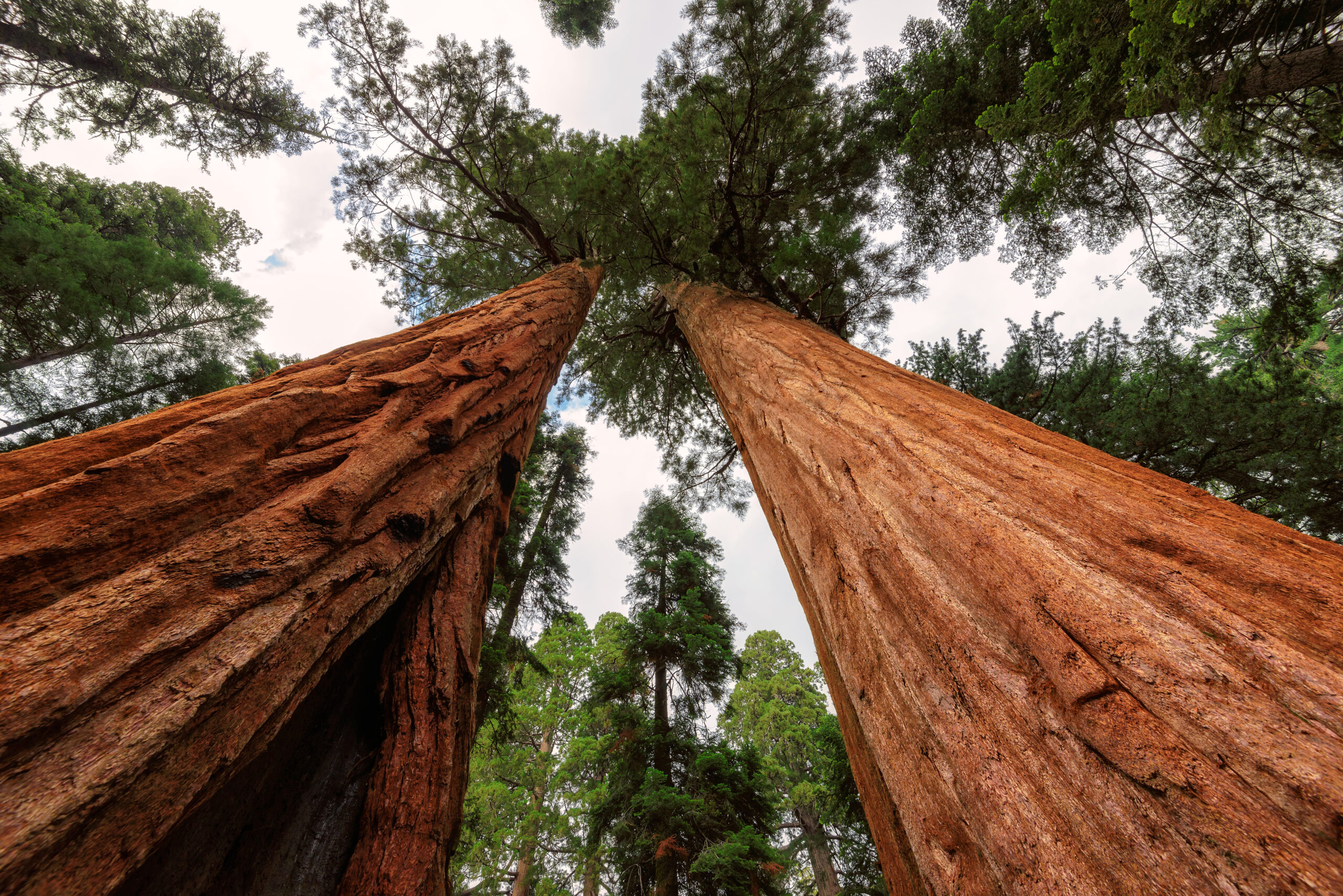
Giant Sequoia Lands Coalition Exceeds 2023 Goals and Plants 542,000 Trees
May 2024: The Giant Sequoia Lands Coalition has exceeded its goals in 2023, its second year of large-scale collaboration. The Coalition, made up of 20 partner entities, treated nearly 9,900 acres in 28 giant sequoia groves in 2023. This restoration work brings the total giant sequoia grove acres treated since the extreme 2020-21 wildfires to 14,143 out of 26,000.
The Coalition also planted over 294,000 native tree seedlings in severely burned areas, bringing the total to over 542,000. Other Coalition accomplishments include initiating and hosting research studies by academic, government, and nonprofit organizations, reviving cultural practices, and expanding co-stewardship agreements with tribes and nonprofits.
Nearly 39,000 Acres of Land Returned to California Tribes
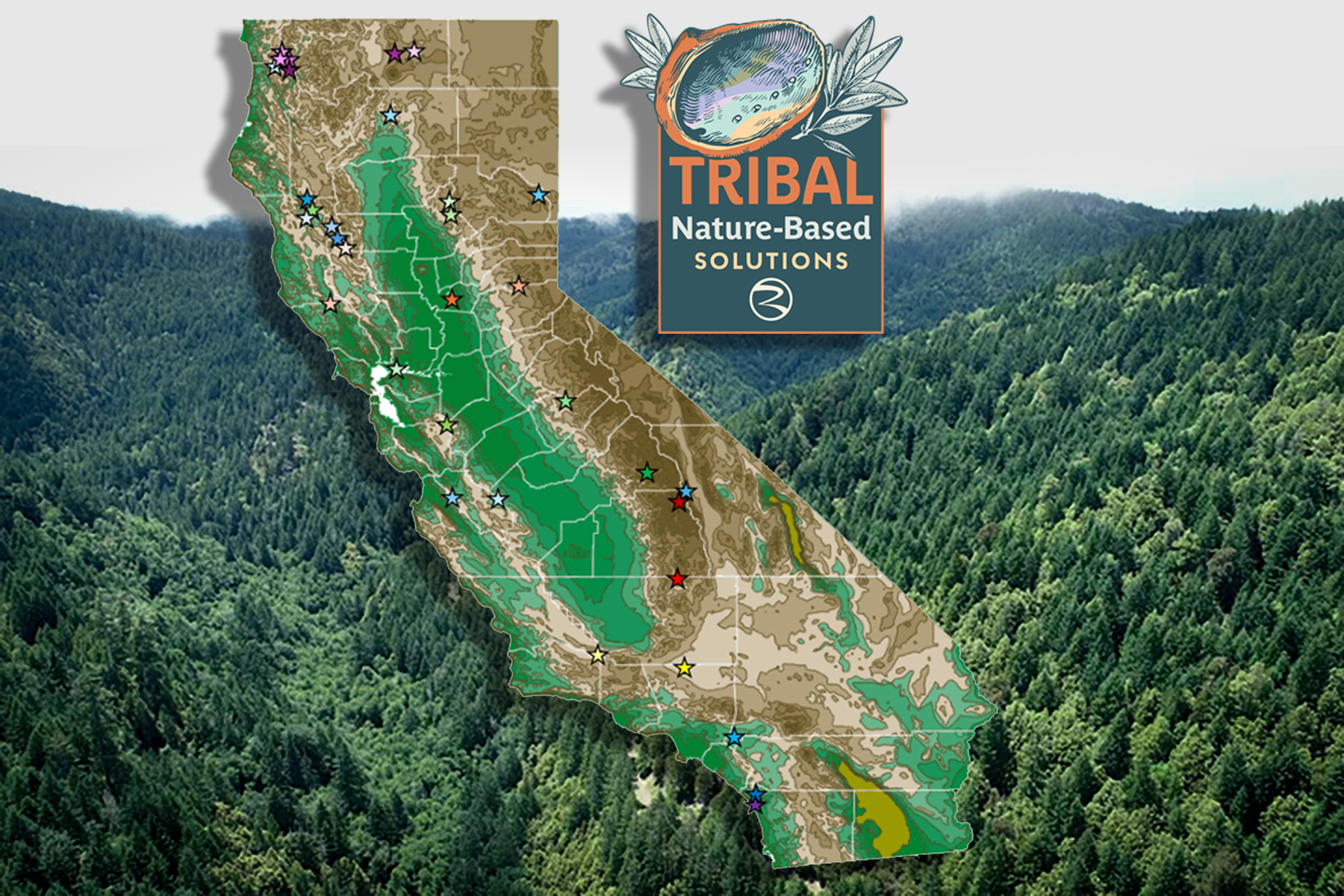
Nearly 39,000 Acres of Land Returned to California Tribes
May 2024: The California Natural Resources Agency, in partnership with the CAL FIRE and the Ocean Protection Council awarded $107.7 million to fund 33 projects and support the return of approximately 38,950 acres of land to California Native American tribes through the Tribal Nature-Based Solutions grant program. Funding will support the return of ancestral lands to tribal ownership and stewardship, planning and implementation of habitat restoration projects, protecting our coast and oceans, advancing wildfire resiliency and cultural fire, and more multi-benefit nature-based solutions projects across California.
WATCH: Tribal Nature-Based Solutions Grant Program (YouTube)
UC ANR Provides a One-Stop-Shop for Continuing Forestry Education Through ‘California Tree School’
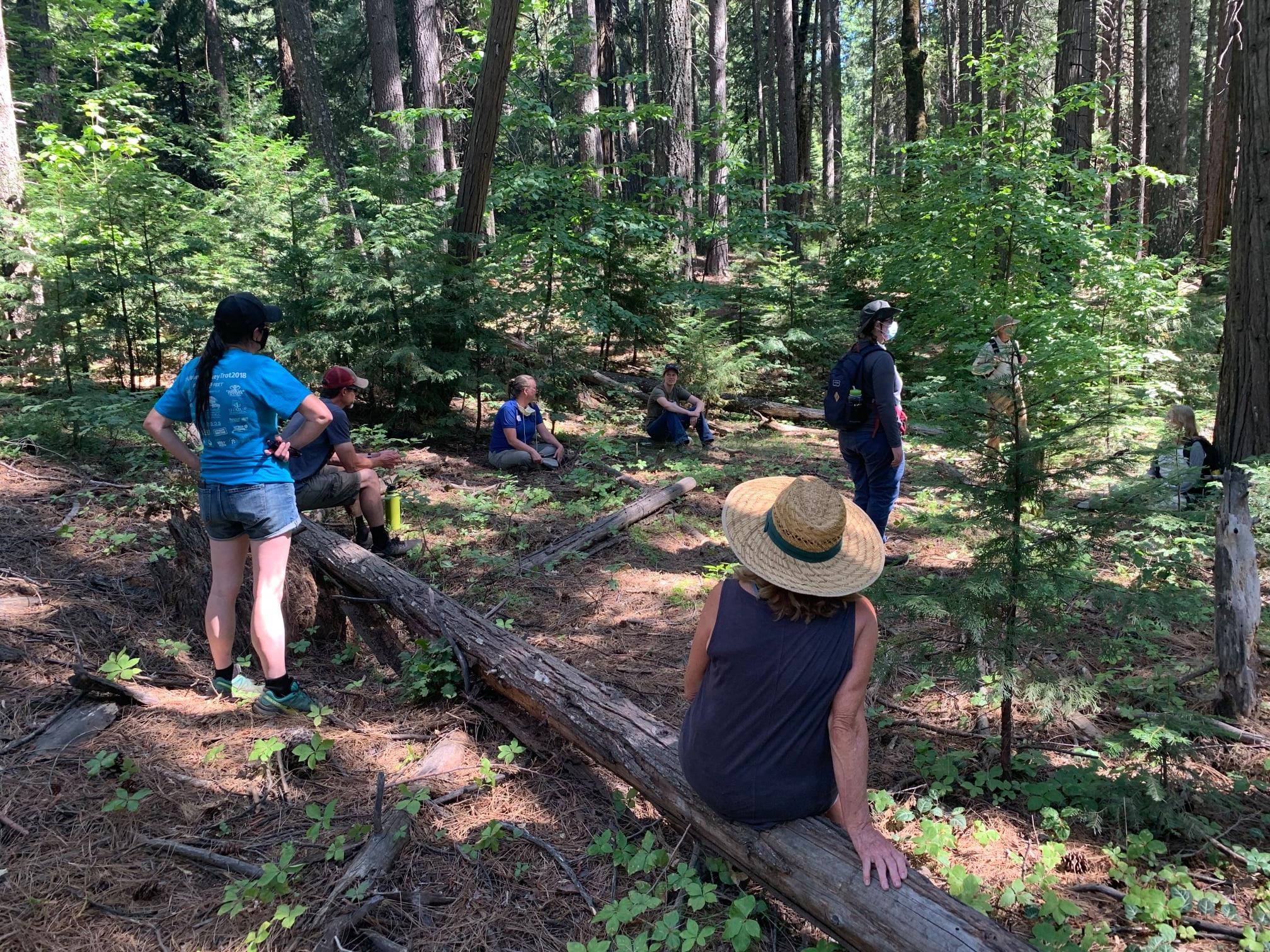
UC ANR Provides a One-Stop-Shop for Continuing Forestry Education Through ‘California Tree School’
May 2024: The UC Agriculture and Natural Resources (UC ANR) Forest Stewardship Education (FSE) program has been helping California’s forest landowners be proactive about the inevitable shifts their forestland will experience. The Forest Stewardship and Post-Fire Forest Resilience workshop programs utilize an online educational format, which guides landowners through the basics of creating forest management plans and managing post-fire landscapes.
The FSE team is piloting a new program to engage a wider audience of forest landowners and community members passionate about trees. This spring, the Forest Stewardship and UC ANR Fire Network teams are holding the first California Tree School, where individuals attend multiple in-person classes on forestry topics.
California Accelerates Nature-Based Solutions
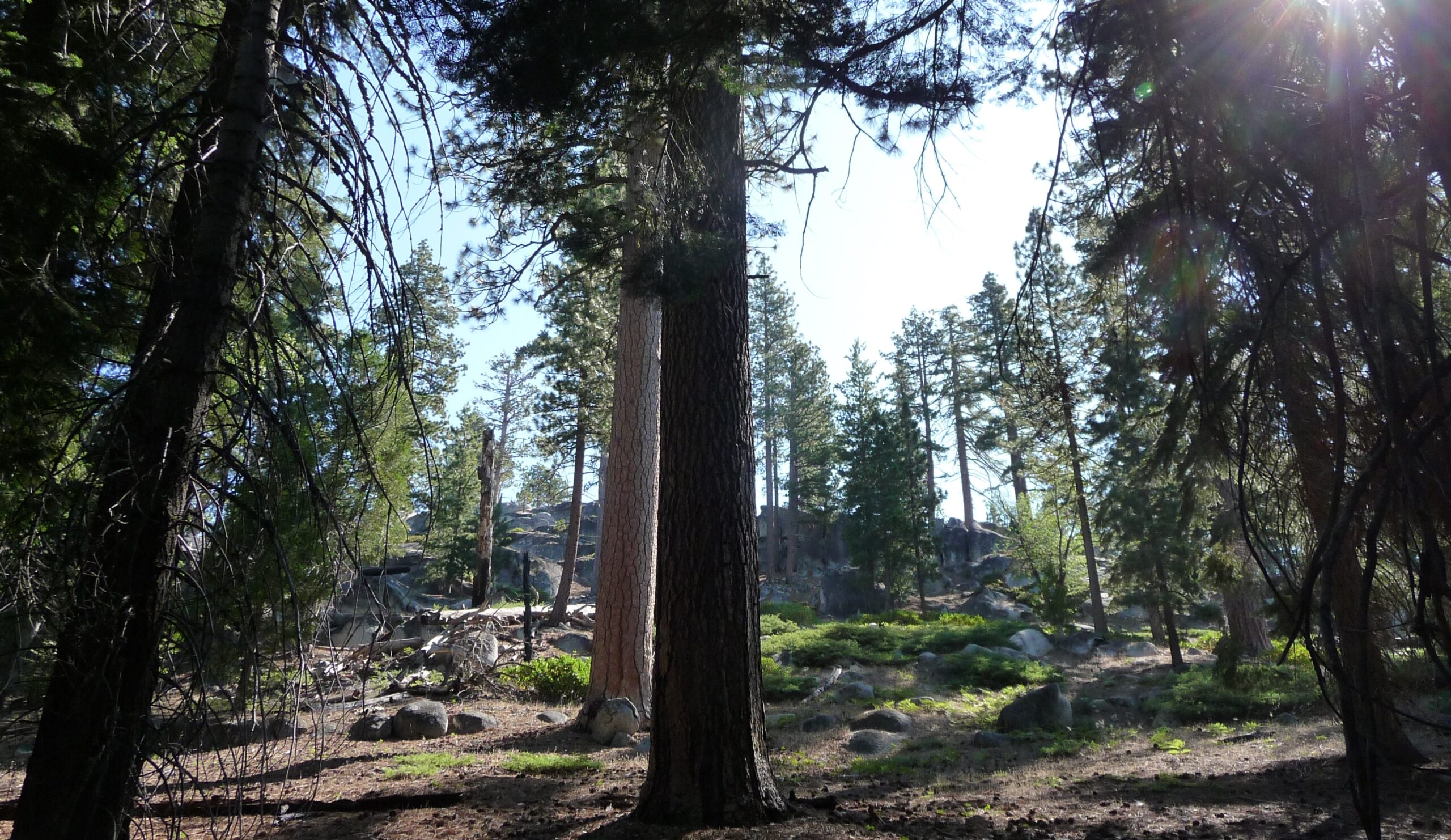
California Accelerates Nature-Based Solutions to Achieve Climate Targets and Reduce Wildfire Risk
May 2024: Nature-based solutions (NBS) harness the power of nature to build California’s resilience to future climate-driven extremes, protect communities from the climate crisis, and remove carbon from our atmosphere. On April 22, California released its NBS climate targets which sets ambitious targets for wildfire risk reduction, including scaling up the state’s utilization of beneficial fire and other fuel reduction activities, as well as reducing community wildfire risks. NBS targets are tailored to California’s varied and unique landscapes, with goals to promote healthy landscapes and restore historic fire regimes. NBS climate targets align with goals in California’s Wildfire and Forest Resilience Action Plan.
USFS Invests $33M to Support Rural Schools & Communities
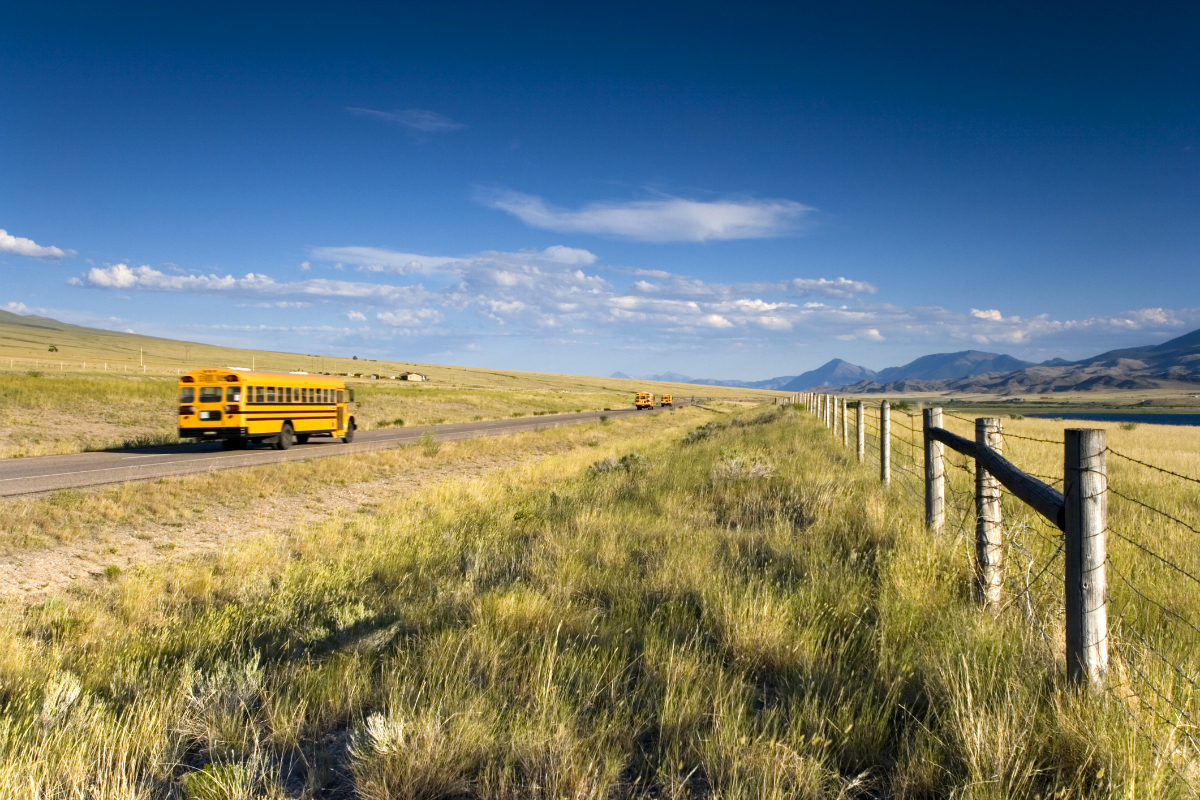
USFS Invests $33M to Support Rural Schools & Communities
On April 12, the U.S. Forest Service announced that California will receive over $33 million of a $232 million package to support public schools, roads and other municipal services through the agency’s Secure Rural Schools program. The funds support crucial public services and pave the way for more jobs. In addition to directly aiding rural schools and roads, funds will reimburse counties for national forest emergency services, and assist in creating community wildfire protection plans.
Recap of The Southern California Regional Meeting
SOUTHERN CALIFORNIA REGIONAL MEETING RECAP
April 4, 2024
A full-capacity audience of over 300 people came together at the San Diego Zoo Safari Park in Escondido (with over 200 joining online) for the Governor’s Wildfire & Forest Resilience Task Force’s Southern California regional meeting. Hosted by the Resource Conservation District of Greater San Diego County and the San Diego Zoo Wildlife Alliance, the agenda and activities focused on landscapes and land management issues unique to Southern California, including cultural burning, utilities & infrastructure, and regional planning and implementation.
If you couldn’t make it in person, or missed the real-time webinar, video recordings are available below.
REGIONAL MEETING AGENDA HIGHLIGHTS
- Director’s Report: Director Wright provided an update on recent accomplishments and investments in Southern California, progress being made on Task Force key actions and products as well as an overview of the process to update the Task Force Action Plan.
- Southern California’s Unique Landscapes & Challenges: University researchers discussed threats to the incredibly biodiverse region and management techniques needed to build ecological resilience in the densely populated, shrubland dominated region. Additionally, an update on Regional Resource Kits and how they can be utilized in the region was provided.
- Regional Leadership Panel: Regional leaders shared local project highlights and showcased their efforts to develop landscape-scale projects and align federal, state, and regional plans, priorities, and investments.
- Cultural Fire & Indigenous Stewardship: A panel of cultural practitioners and resource managers discussed obstacles and barriers facing cultural burners, including difficulties in obtaining burn permits, threats to tribal sovereignty, and the continued struggles of California tribes to overcome structural racism in order to maintain traditions and steward ancestral lands.
- The Role of Utilities & Infrastructure in Wildfire Resilience: A panel of energy, water, and transportation agency representatives discussed new and emerging strategies to address wildfire impacts to infrastructure as well as the role utilities play in reducing ignitions.
Welcome & Opening Remarks
• Lisa Peterson, San Diego Zoo Safari Park
• Stephen W. Cope, San Pasqual Band of Mission Indians
• Jennifer Eberlien, USDA Forest Service
• Task Force Executive Committee
• Joel Anderson, San Diego County Supervisor
Director's Report
• Patrick Wright, Task Force
Southern CA's Unique Landscapes & Challenges
Southern CA's Unique Landscapes & Challenges
• Megan Jennings, San Diego State University
• John Battles, University of California, Berkeley
Regional Leadership Panel
Regional Leadership Panel
• Moderator: Kathy Peterson
• Susie Kirschner, Inland Empire Resource Conservation District
• Scott Tangenberg, Cleveland National Forest
• Heather Marlow, Greater SD County Resource Conservation District
• Sal Reyes, San Bernardino National Forest
• Eric Just, CAL FIRE
Trailer Screening: MAATHAAW: The Fire Within Us
Trailer Screening: MAATHAAW: The Fire Within Us
•Learn more and donate at: qrco.de/maathaaw
Cultural Fire & Indigenous Stewardship
Cultural Fire & Indigenous Stewardship
• Moderator: Will Madrigal Jr., Climate Science Alliance
• Wesley Ruise Jr., La Jolla Band of Luiseño Indians
• Marlene’ Dusek, Climate Science Alliance
• Kevin Soland, KRS Environmental Consulting
• Emily Burgueno, Kumeyaay Diegueno Land Conservency
• Travis Armstrong, CAL FIRE
• Joel Arellano, Climate Science Alliance
The Role of Utilities & Infrastructure in Wildfire Resilience
• Moderator: Phil Saksa, Blue Forest
• Caroline Thomas Jacobs, Office of Energy Infrastructure Safety
• Thom Porter, San Diego Gas and Electric
• David Guzman, Southern California Edison
• Greg Woodside, San Bernardino Municipal Water District
• Lisa Worthington, Caltrans
Closing Remarks
• Task Force Co-Chairs
USFS Pacific Southwest Region Releases Broader-Scale Monitoring Results Viewer

USFS Pacific Southwest Region Releases Broader-Scale Monitoring Results Viewer
A Broader-Scale Monitoring Strategy is an overarching strategy to help answer questions at a broad geographic scale that goes beyond one plan area.
On April 5, 2024, the USFS Pacific Southwest Region released the first results of their Broader-Scale Monitoring Strategy which evaluates the status and trend of social, economic, and ecological conditions on National Forest System lands in California. Monitoring results show that national forests in California have been weakened by chronic stress from climate change as well as climate-amplified disturbances like insect infestation, disease, and wildfire. You can download pdf reports of the results or explore the results and data yourself with interactive features such as dashboards and searchable maps.

